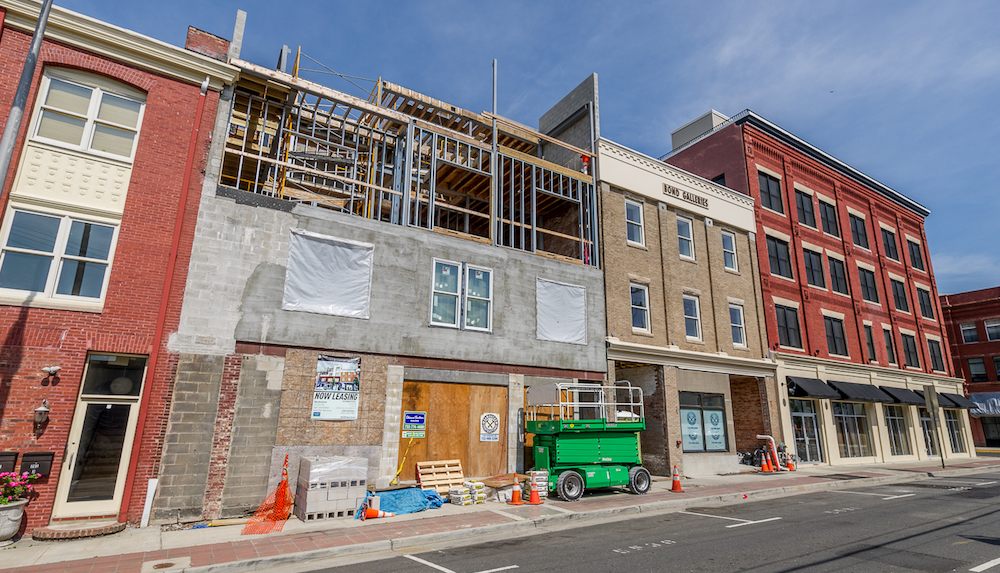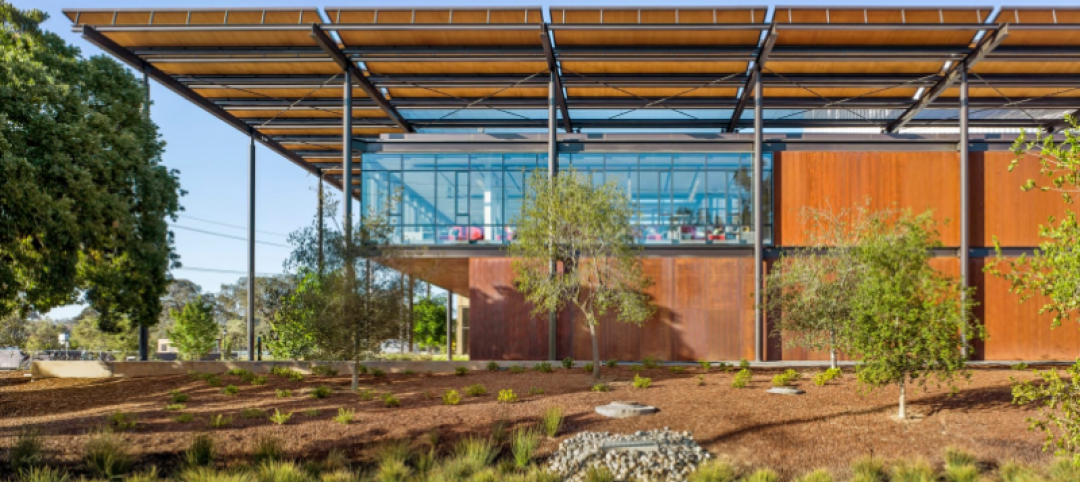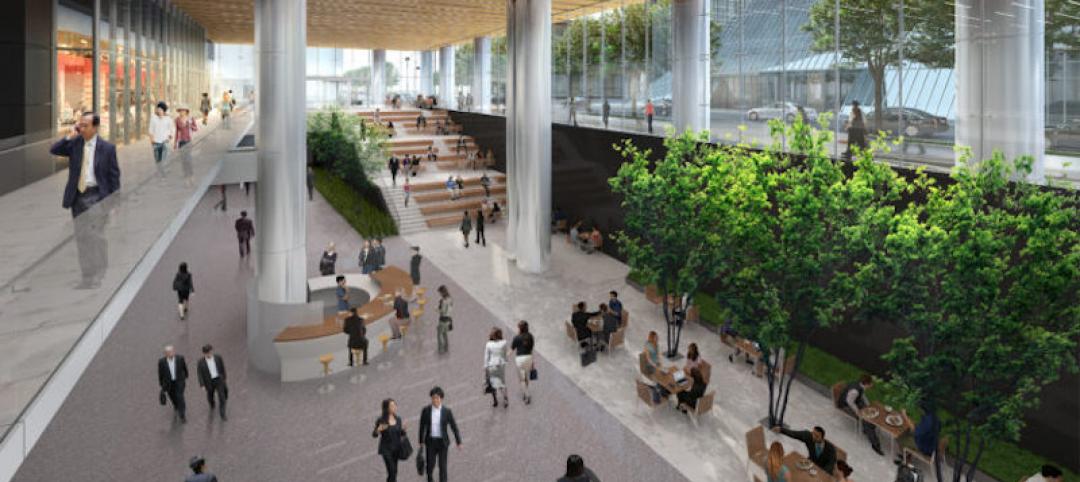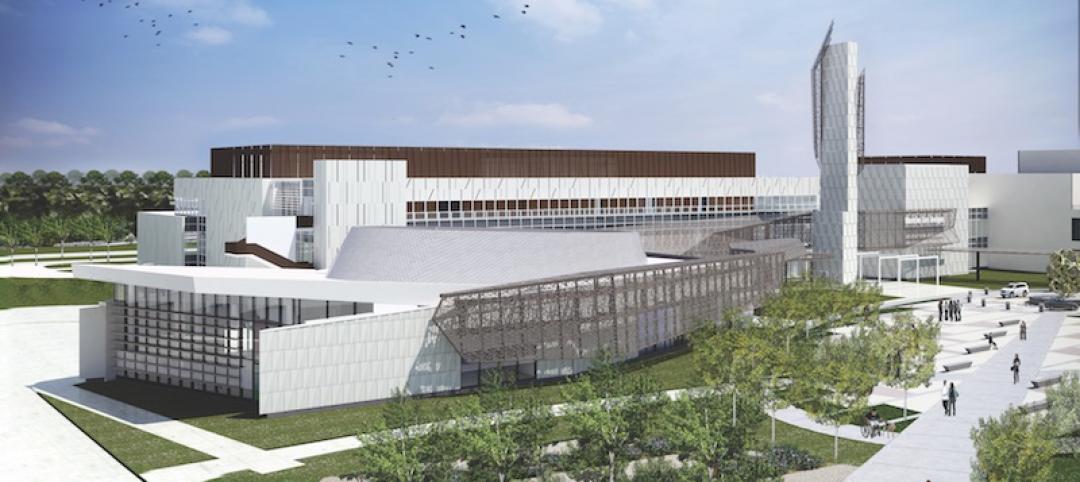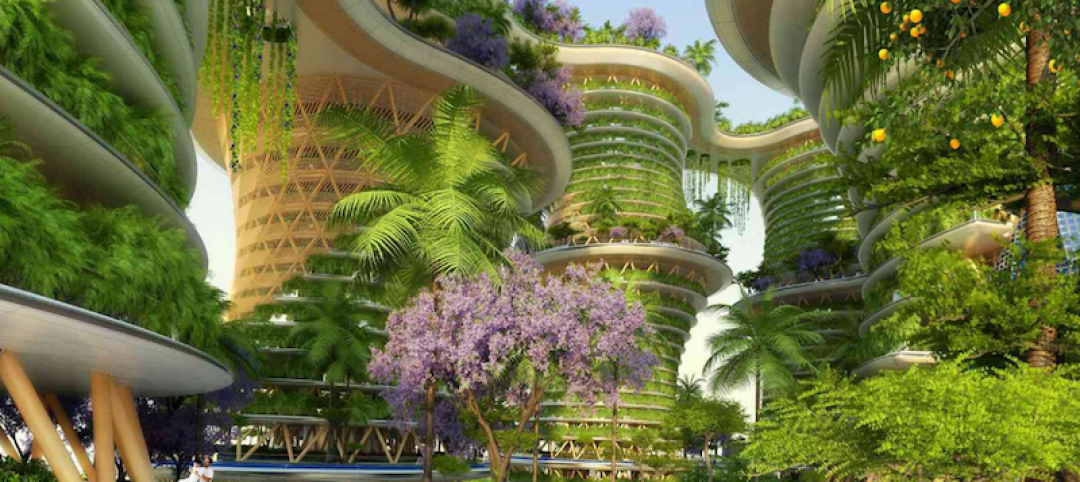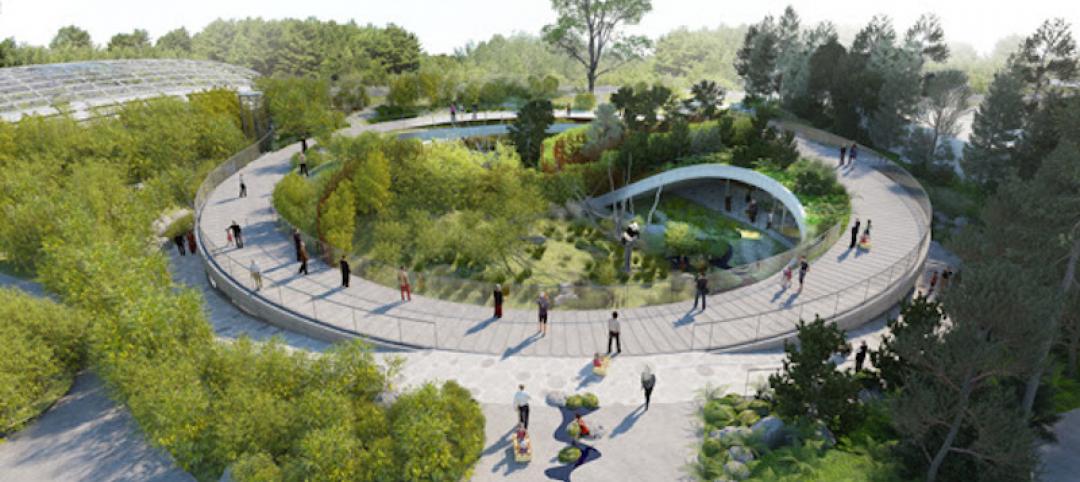The U.S. Green Building Council (USGBC) announced a new LEED pilot credit: Building Material Human Hazard & Exposure Assessment.
The credit aims to encourage building teams and manufacturers to assess human health-related exposure scenarios for products during installation and beyond.
“We have a focus on transparency and optimization so specifiers can know what they are using and can reward innovation,” said Scot Horst, chief product officer, USGBC. “But understanding how a material impacts human health requires a full understanding of hazard and exposure. The new pilot credit is a first step toward evaluating exposure by encouraging product inventories in order to prioritize decision making.”
The pilot credit is intended to reward manufacturers who perform hazard and exposure assessments designed to help minimize human health impacts during installation and use of their products. By requiring exposure to be considered during product development, make linkages can be made between the product’s ingredient inventory and hazard assessment required by the existing Materials Ingredients credit and performance testing required by LEED’s Low Emitting Materials credits.
Related Stories
Sustainability | Apr 20, 2017
The American Institute of Architects select the 2017 COTE Top Ten Awards
In its 21st year, the Top Ten Awards highlight projects that exemplify the integration of great design and great performance.
Sustainability | Apr 19, 2017
Embracing the WELL Building Standard: The next step in green
When you consider that 90% of our time is spent in buildings, how these environments can contribute to workplace productivity, health, and wellness is the logical next step in the smart building movement.
Multifamily Housing | Apr 18, 2017
Hanging Gardens-inspired CLT residential development proposed for Birmingham
Garden Hill will provide an ‘oasis-like residence’ for Birmingham’s growing, multicultural student population.
Healthcare Facilities | Apr 14, 2017
Nature as therapy
A famed rehab center is reconfigured to make room for more outdoor gardens, parks, and open space.
Green | Apr 14, 2017
Sunqiao looks to bring agriculture back to Shanghai’s urban landscape
Vertical farms will bring new farmable space to the city.
Sustainability | Apr 13, 2017
How to make a concrete bunker livable
SOM’s design for New York’s second Public Safety Answering Center leans on strategically placed windows and the outdoor environment.
Green | Apr 11, 2017
Passivhaus for high-rises? Research demonstrates viability of the stringent standards for tall residential buildings
A new study conducted by FXFOWLE shows that Building Teams can meet stringent Passivhaus performance standards with minimal impact to first cost and aesthetics.
Codes and Standards | Apr 6, 2017
Product-specific EPDs seen as key aid to earning green building credits
The product-specific EPDs allow designers to more quickly earn a LEED v4 credit in the Materials & Resources category.
Sustainability | Apr 4, 2017
Six connected CLT towers create an urban forest in India
The mixed-use towers would each rise 36 stories into the sky and connect via rooftop skybridges.
Green | Mar 29, 2017
Copenhagen Zoo and BIG unveil yin yang-shaped panda habitat
The new habitat will sit between two existing buildings, including the Elephant House designed by Norman Foster.


